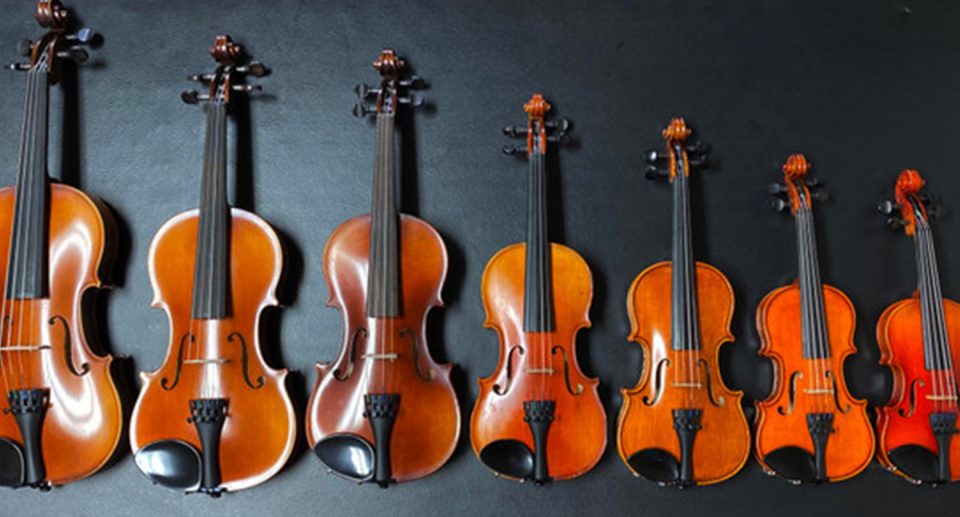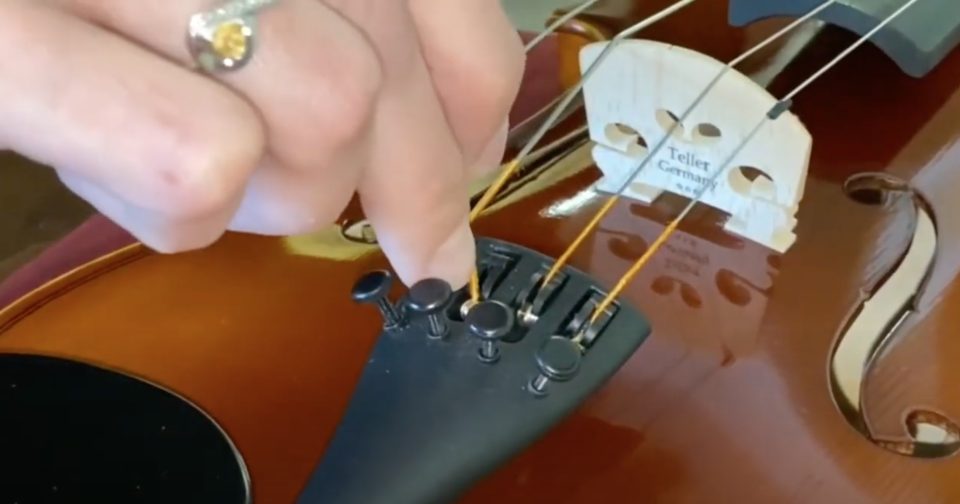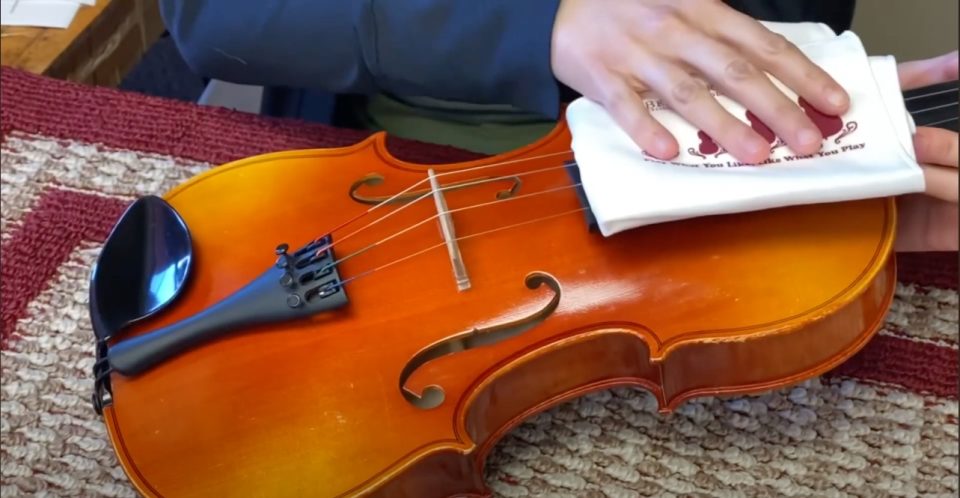September 14, 2022
Quick Maintenance Of Instruments & Bows
Side view (see figure 1). Bridge should appear to “lean” toward tailpiece, with the side nearest the tailpiece at a 90° angle with the top (slightly more angled for cellos and basses)






